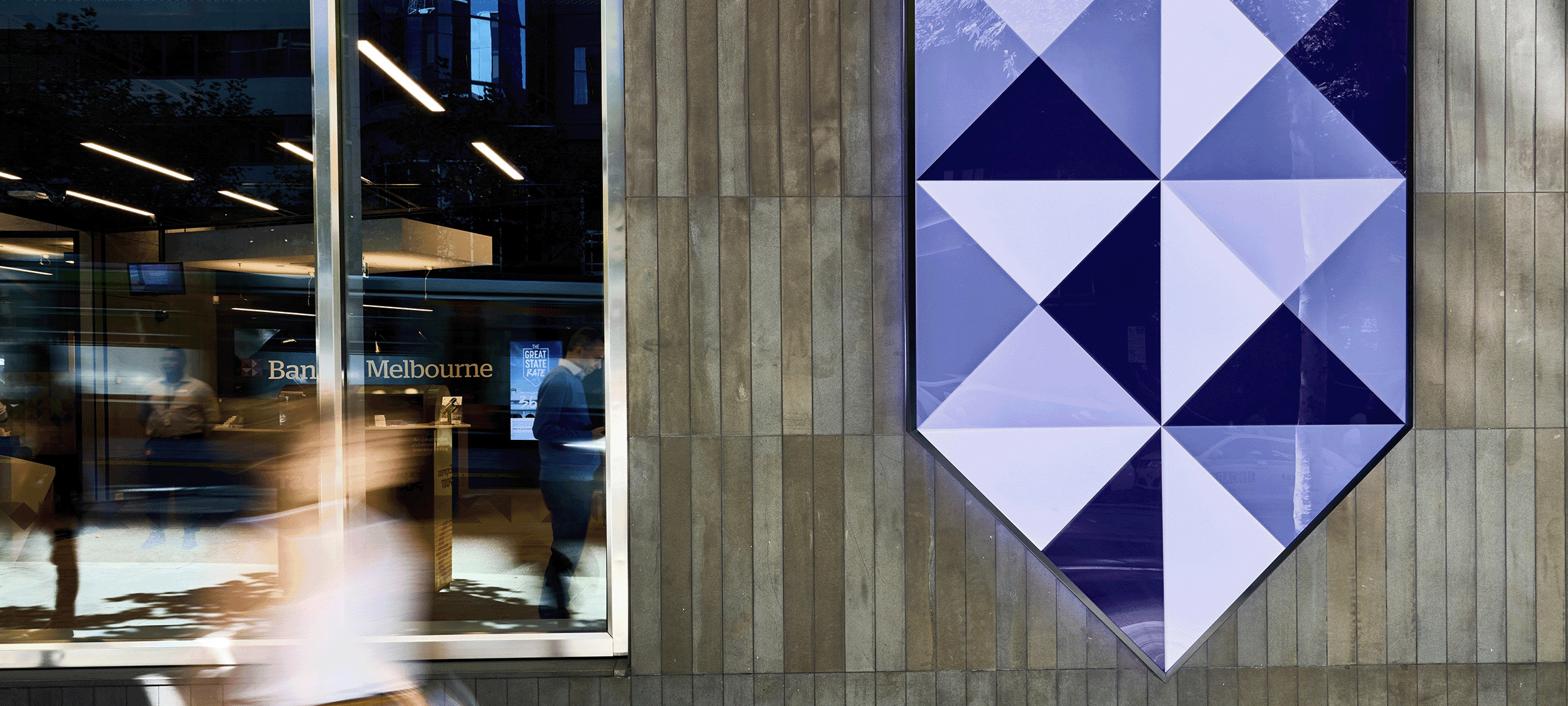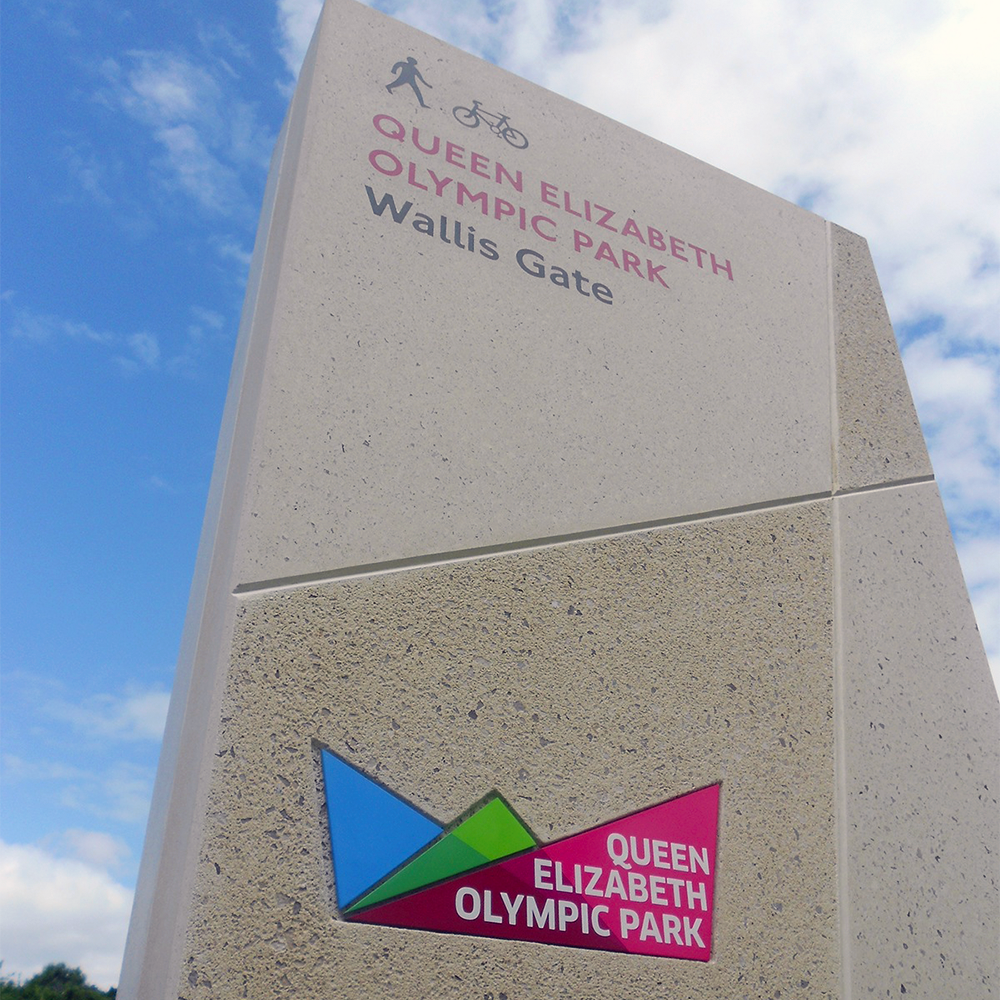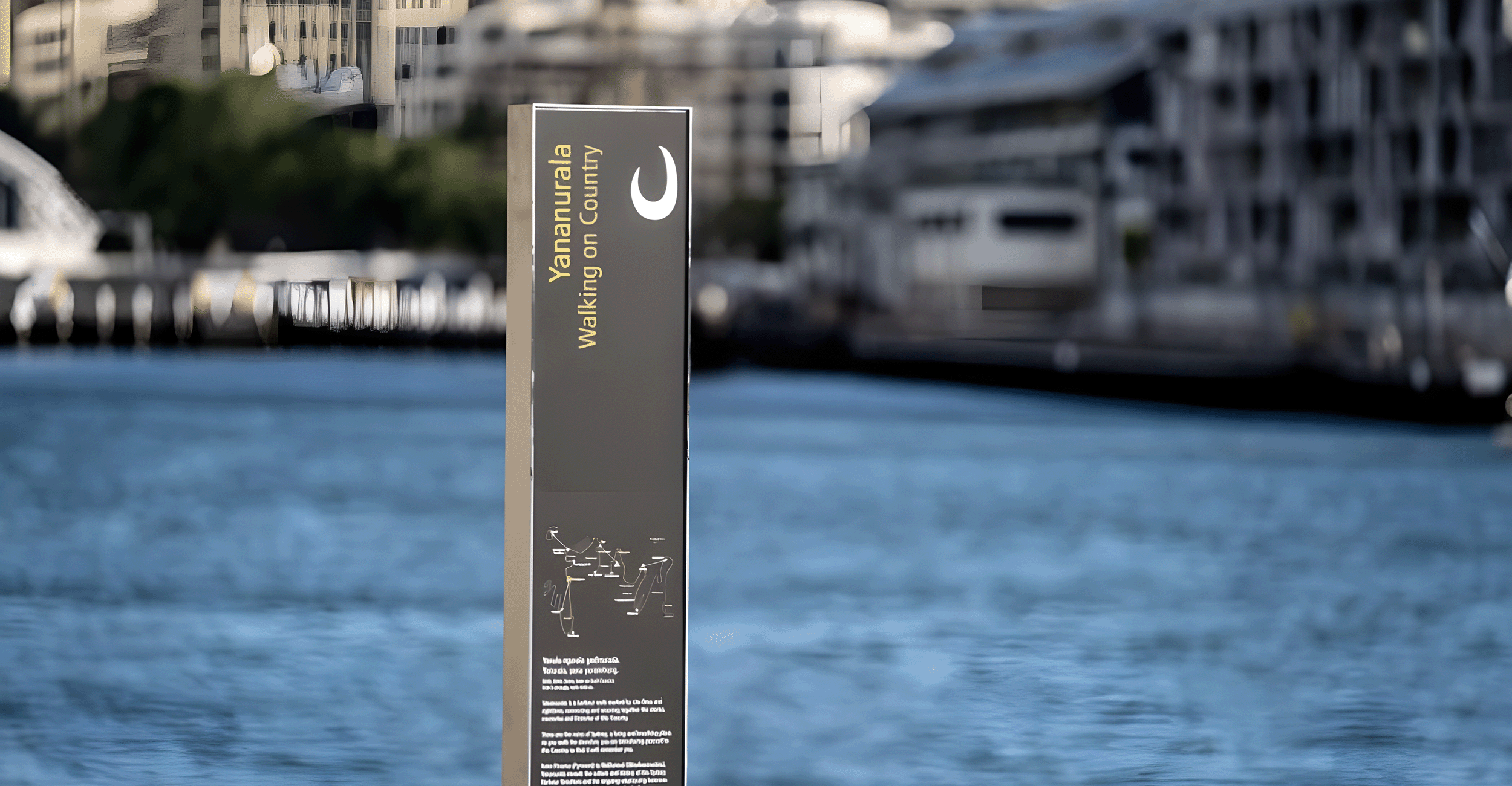Signage That Leads With Strategy
date
July 9, 2025

From Signage to Spatial Intelligence. Good signage is invisible. Great signage is intentional.
In many developments, signage is left to the final stages. By then, critical spatial decisions have been made. Budget is tight. Conflicts arise. The signage one of the most visible and user-facing components has to retrofit into a complex environment.


At 8th Wonder, we turn that process on its head. We work with developers to embed signage strategy into the early stages of design coordinating with architecture, brand, wayfinding, and movement from the start.
Why does it matter?
- It improves clarity, circulation, and user confidence
- It reinforces identity, tone, and place memory
- Public art becomes part of how people navigate, remember, and emotionally connect with a space.

Integrated signage isn’t just about wayfinding – it’s about reinforcing brand narrative and spatial cohesion.
Global leaders show what’s possible:
- At Superkilen Park in Copenhagen, wayfinding blends with art and landscape, telling a multicultural story through form and colour.
- Barangaroo in Sydney embeds signage into materials and forms that reflect Indigenous heritage and landscape.
- Queen Elizabeth Olympic Park in London uses signage that works in harmony with landscape and public art to guide movement and reinforce place identity.
When signage is integrated as part of a connected environment, it becomes more than a utility, it becomes part of the experience.



















